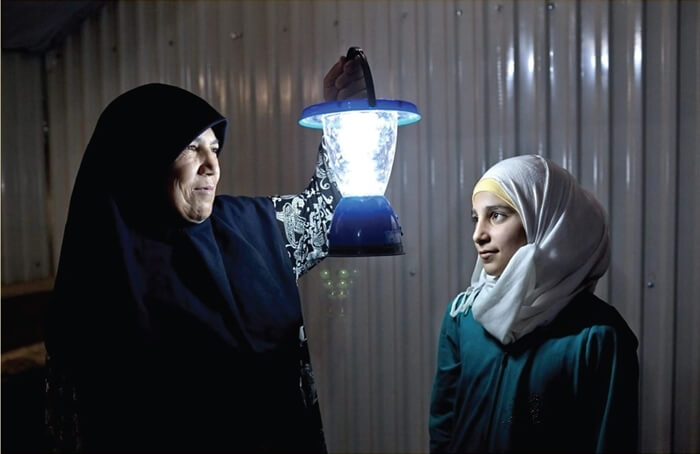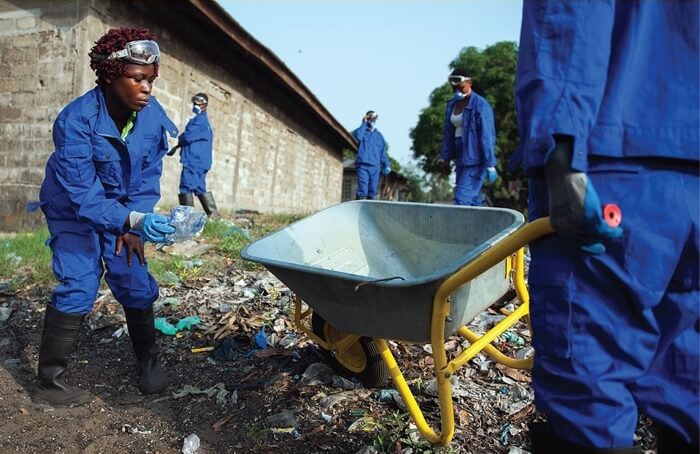Excerpt from theconversation.com
Rotting seaweed has plagued the Caribbean for more than 10 years – but our research shows how we could clean up beaches and emissions at the same time, by turning what’s now rubbish into renewable electricity and fertiliser.
Pelagic sargassum is a brown seaweed that floats at the surface of oceans, particularly in the Atlantic.
Over the last decade, unprecedented amounts of this seaweed have washed up on coastlines of the Caribbean region, Gulf of Mexico, United States and West Africa, triggering human health concerns and negatively impacting the environment and economy.
Recent satellite images have spotted more sargassum at sea than in previous years. Experts fear this year’s influx could be the worst since the catastrophic 2018 season.
Given the noxious hydrogen sulphide gas emitted by the seaweed as it decomposes and the frequency with which these influxes have recurred since 2011, sargassum has devastated Caribbean economies that depend on tourism and fisheries for survival.
But there is something we can do.
Our team of researchers has developed a new approach to turn sargassum into bioenergy and fertiliser – a solution that could help restore beaches, create jobs and produce renewable electricity.

Island Innovation is a social enterprise and digital media company at the intersection of sustainable development and communications, offering specialised services across various sectors. We bring together the private sector, government, utilities, NGOs and universities to advance innovation for sustainability and prosperity in islands worldwide.















